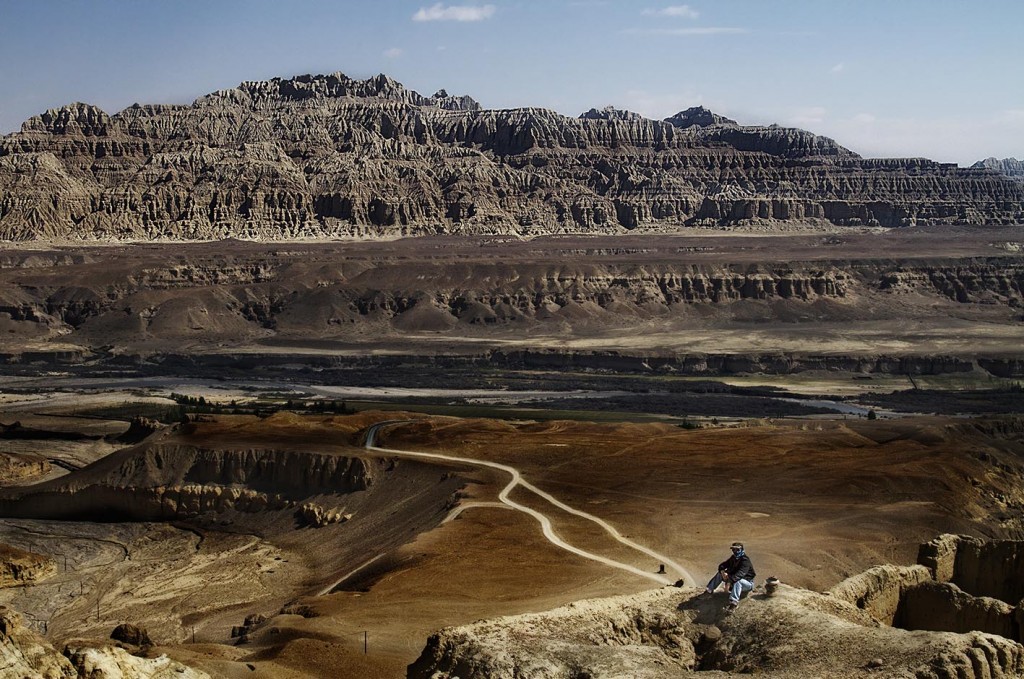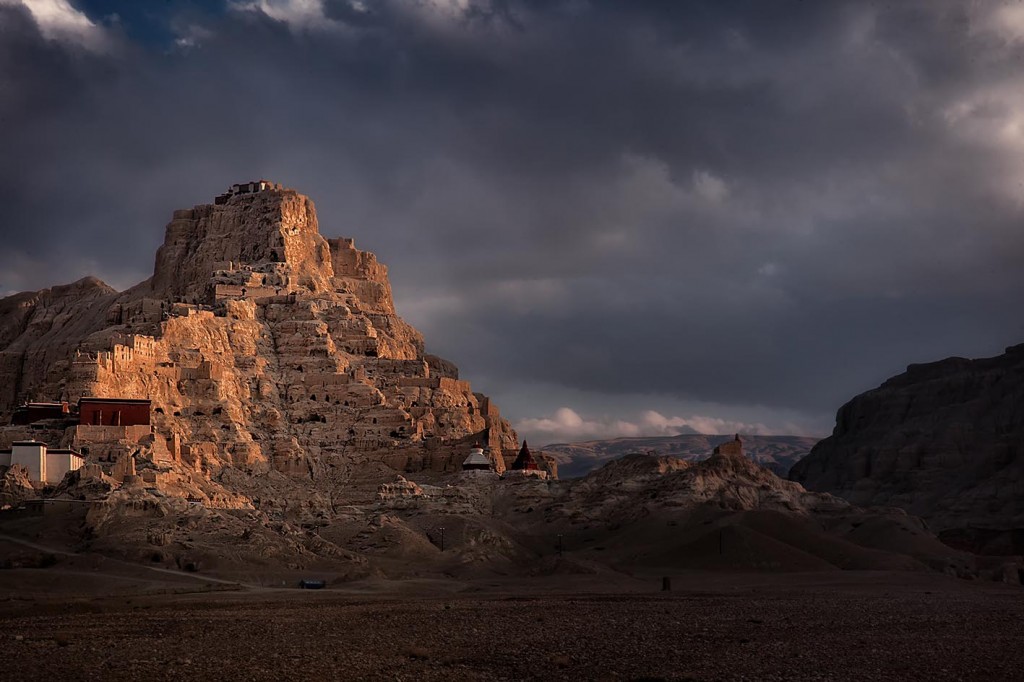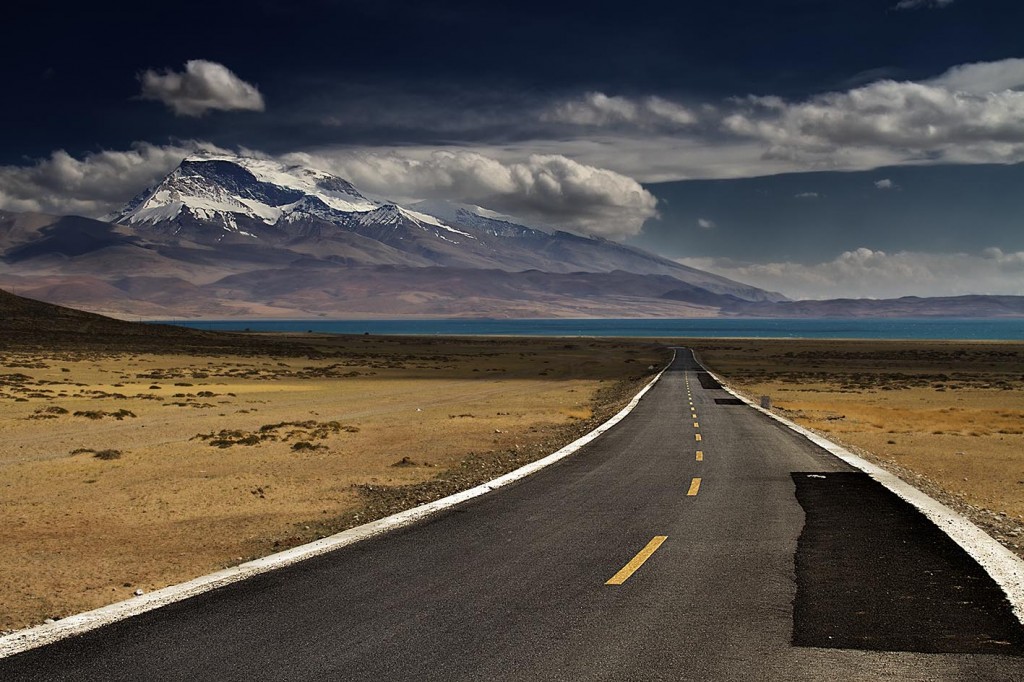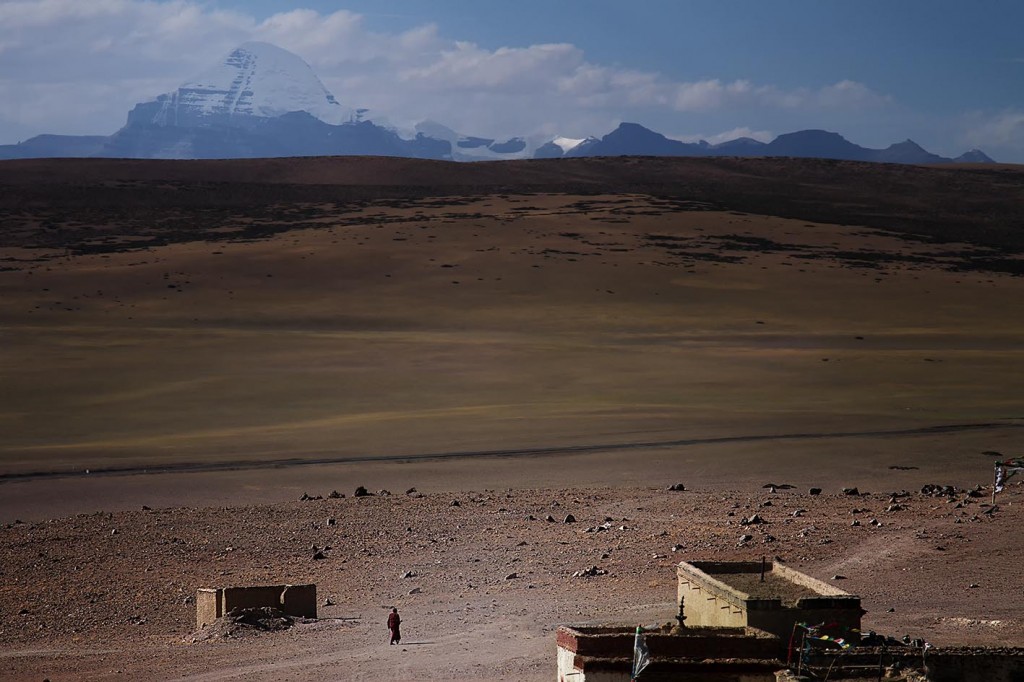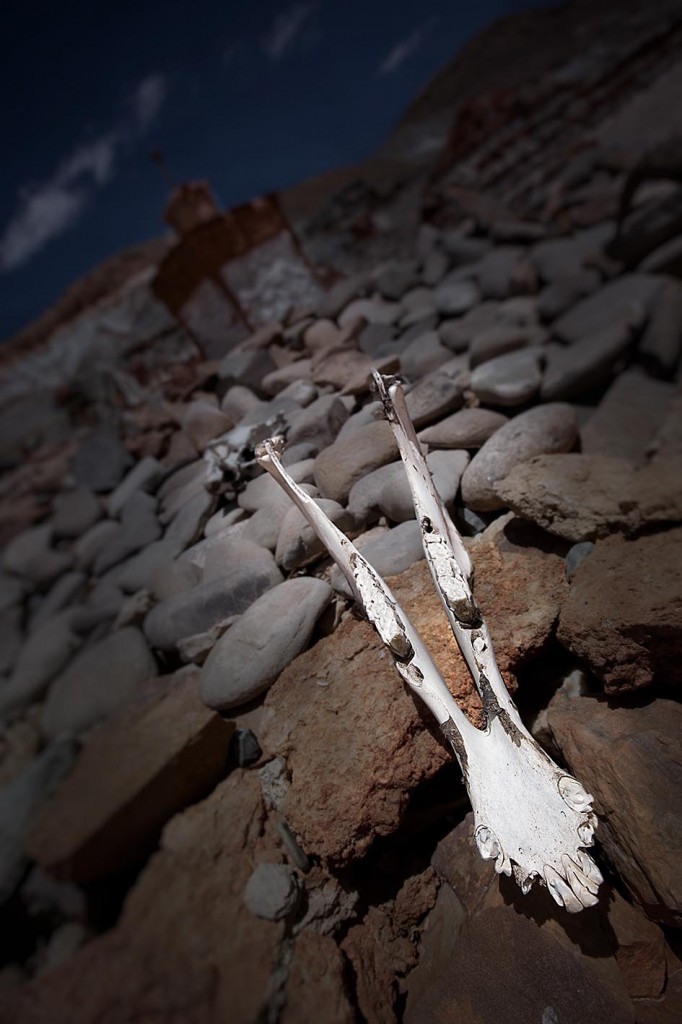Jamwal's
FULL MEMBER

- Joined
- Jul 17, 2015
- Messages
- 1,865
- Reaction score
- -2
- Country
- Location
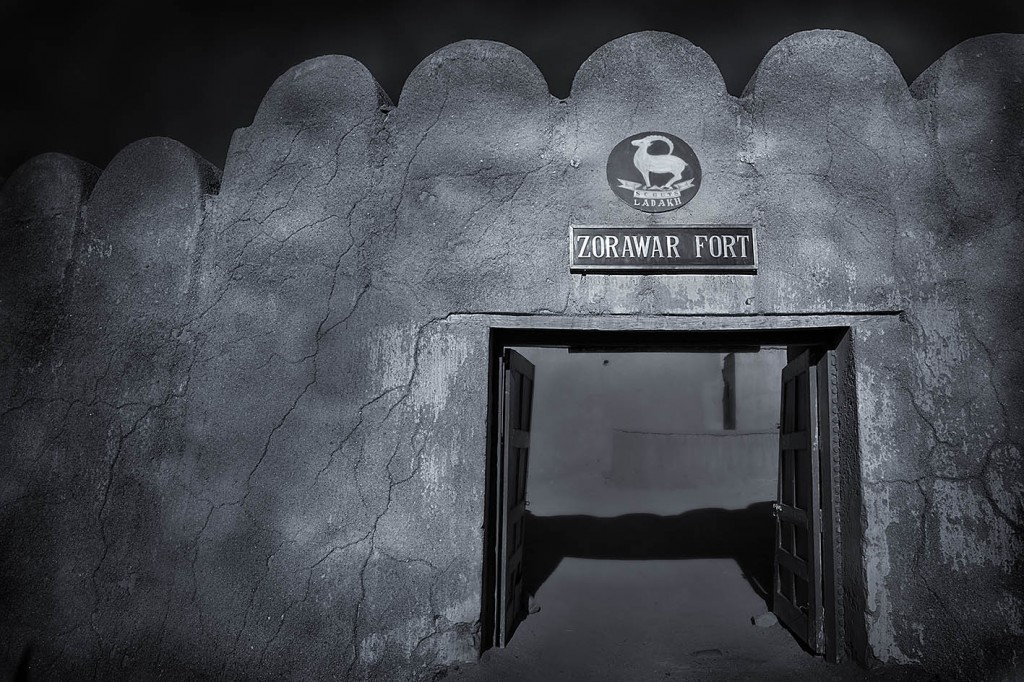
In October 1835, Zorawar returned to Kishtwar but on hearing reports of rebellion, he immediately turned back and this time took a shorter but more arduous route via Umasila pass at 17,300 feet into Zanskar and Leh, which he reached in ten days. An army crossing at these heights, especially in winter month of November, is one of it’s kind in the annals of world military history. Inclusion of Ladakh in Maharajah Ranjit Singh’s territory is of significant geo-political importance for the present day India. If not for the success of this expedition, with China’s conquest of Tibet in 1950, today it would be a part of China.
Photo below : Zorawar Singh’s fort at Leh, Ladakh



In 1840, Zorawar Singh led an expedition to Baltistan, which is believed to be one of the most rugged mountain regions of the world. It is situated in the Karakoram range to the south of K2, the world’s second highest mountain. Since 1757, Baltistan was under the rule of Ahmed Shah Durrani of Afghanistan. If not for this expedition, Baltistan would today be a part of Afghanistan. Baltistan is the region where live the Dards along with Balti people. Dards are of European origin, believed to be descendants of the soldiers of Alexander The Great (327 BC).
Photo below : Dards tribes are mainly in Baltistan in Pakistan territory but this photo is from India.

Having conquered Baltistan, General Zorawar Singh returned back to Leh via the Khapalu – Chorbat – Nubra valley route. Nubra valley is a high altitude cold desert at 10,000 feet. It is on the historical silk route.
Photo below : Nubra Valley, Ladakh
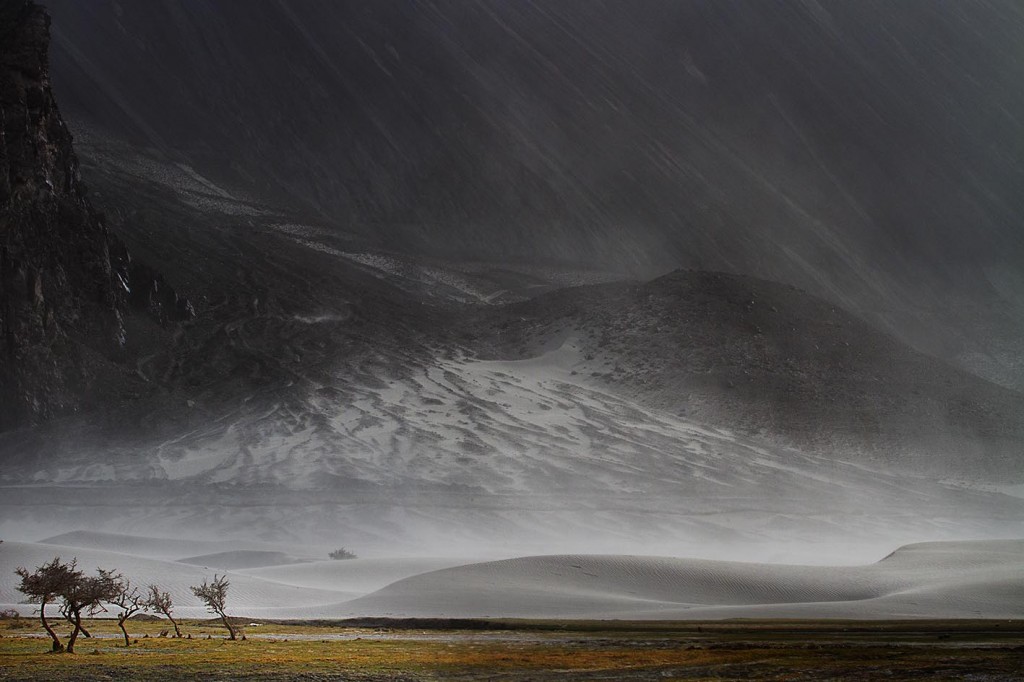
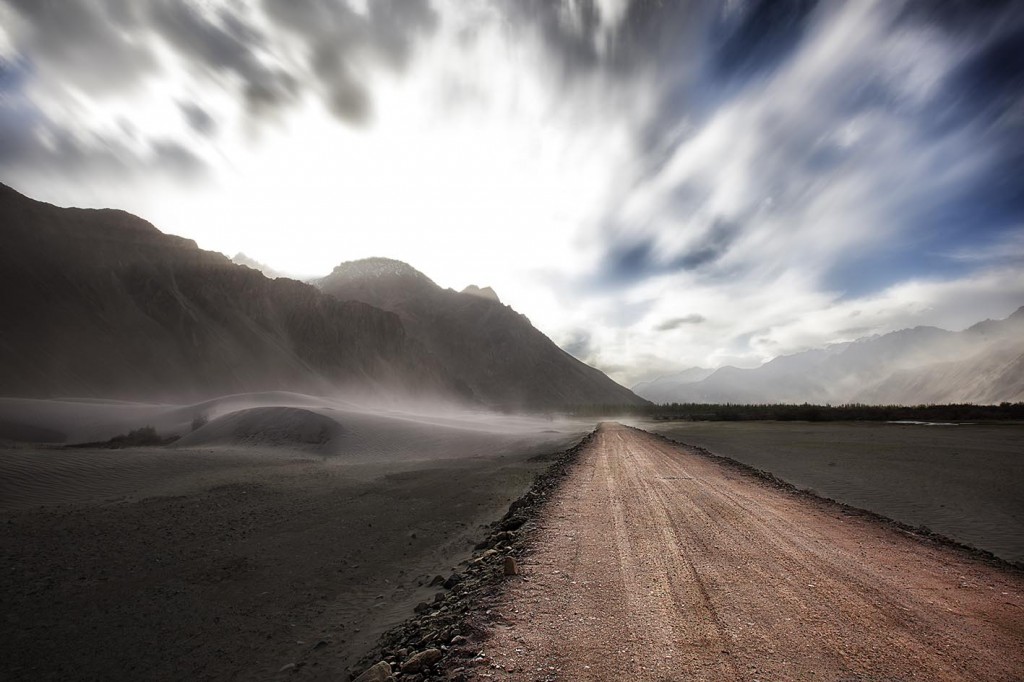
In 1841, General Zorawar Singh turned his attention to the roof of the world, which led him to Western Tibet. Crossing Pangong Tso lake at 14,300 feet, at the Ladakh – Western Tibet border, hetravelled via Guge kingdom, Tholing, Purang to Mount Kailash and Mansarovar.
Photo below : Pangong Tso lake, Ladakh – Tibet border


